What kind of algae are in the aquarium and how to get rid of them?
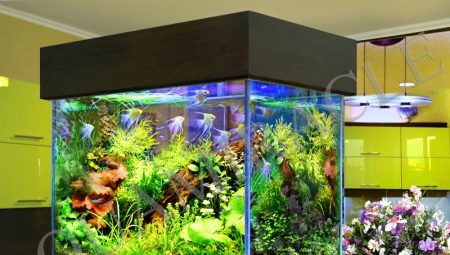
The aquarium, like any other farm, can be in a well-groomed and neglected state. A common problem for beginners (and recurrent ones for experienced aquarists) is algae, which may not carry any payload as common weeds.
If the presence of such is insignificant, this is not a problem, because the ecosystem is in a steady state, but here rapid growth is extremely undesirable - it also spoils the appearance of the aquarium, tightening its walls with green mud, and takes nutrients from other plants and fish, directing the development of a home reservoir in a completely wrong way.
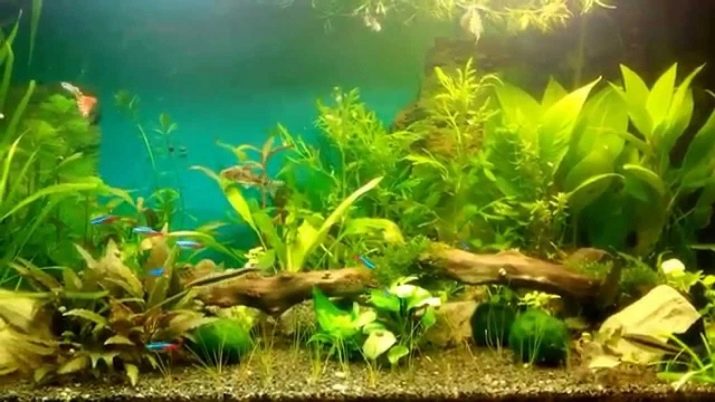
Reasons for the appearance
The very fact that foreign algae has appeared in the aquarium already indicates that something went wrong. If you just struggle with the result, but do not eliminate the cause, do not be surprised that weeds appear over and over again. Therefore, the first step in effectively fighting the enemy is to understand where the problem came from and what led to it.
- Impaired biobalance. Algae appear only where they have something to eat. The nutrient medium for them is dead organic matter, which includes rotting grass, waste from the inhabitants of the aquarium and excess food. On such fertile soil, weeds can grow and flourish, and it is formed if the owner ignores timely harvesting, gives too much food, or puts too many pets in a tight space.
- Fertilizer imbalance. Phosphorus and nitrates are important for the growth of both beneficial aquarium plants and weeds. Interestingly, the problem is both the excess and the lack of these substances: in the first case, the higher flora cannot cope with the assimilation of everything, and the surplus necessary for the algae is formed, in the second, useful plants weaken due to a lack of nutrients and cannot adequately compete for them with uninvited guests.
- Lighting imbalance. In this case, the situation is quite similar to the one described in the previous paragraph. If there is too much light, it can be enough for unwanted flora, while useful plants can suffer from its excess. With a lack of it, important greens wither, but weeds do not always need lighting so much.
- Wrong lamp. Light not only has to be enough and not too much - it has to have the right spectrum. Useful plants often grow at depths where direct sunlight does not penetrate, therefore they are sharpened for photosynthesis under the influence of blue and red spectra. Weeds grow massively in shallow waters off the coast, so they like direct sunlight and incandescent bulbs that are very reminiscent of the sun, and this is the kind of lighting that beginners often use.

Varieties
To effectively fight the enemy, you need to know him by sight, because there are about 30 thousand species of weeds and not all of them are afraid of the same methods. The general classification of algae is quite simple - they are distinguished by their shade. As a rule, the lower plants of the same group can be dealt with in similar ways.
Brown algae are also known as diatoms. They are relatively small, which is why you see them as a strange plaque, corresponding in color to the name, on the walls of the aquarium, as well as on plants and soil. Such "guests" are typical for beginners' aquariums who have not yet been able to provide an established biobalance or have incorrectly estimated the required amount of light, "being greedy". If the water is also hard and alkaline (pH level above 7.5), then the conditions for the appearance of such a pest are ideal. The plaque that appears must be wiped off immediately, because, having grown, it will become a big problem.
To defeat your opponent, you need to improve the lighting by replacing a light bulb or adding another one.
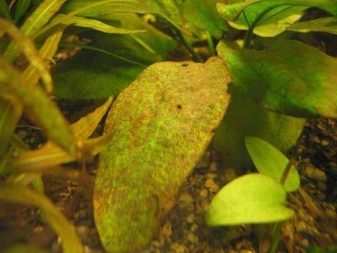
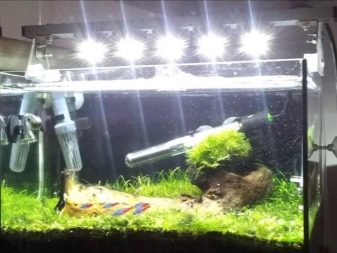
Purple algae are also called red or black algae, and their real color can be not only reddish, but also purple or gray... It is easier to identify them, since they are of a specific form of beams of small height, and not some kind of abstract plaque.
Such weeds are unpretentious in the sense that they grow on any surfaces and there is no difference for them. - salt water or fresh, although they live especially comfortably in a hard liquid and with powerful currents. This is a very harmful and difficult to remove enemy - the infection will have to be treated with special means based on glutaraldehyde, and you cannot do without weekly water renewal and diligent cleaning.
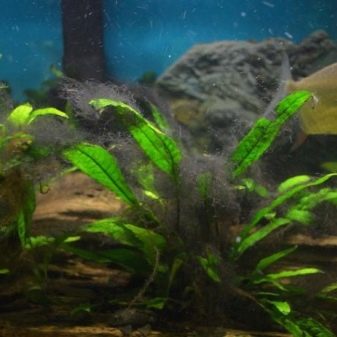

Examples of black algae are "Vietnamese" (aka "antlers") and "black beard", which are often confused by beginners because they look quite similar - both resemble tufts of dark hair.
The methods of dealing with them are about the same - often it is enough to populate natural enemies and competitors in the form of some species of fish, snails or plants.
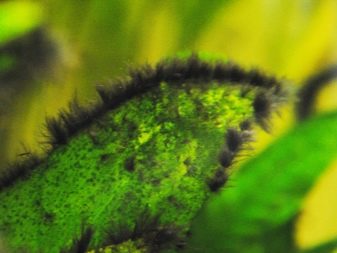
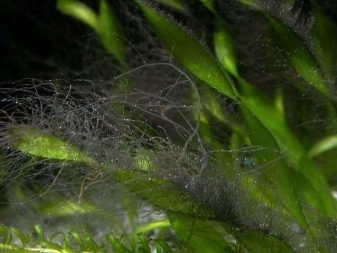
Green algae include 20 thousand plant species, from the simplest to multicellular, but one of the most typical aquarium weeds can be considered xenococus... Such a weed looks like small green dots on the glass, which, if ignored, gradually grow to the level of plaque. Its typical habitat is the bottom too densely planted with grass and not fully filled containers. To face such an enemy, you need excessive light and a small amount of carbon dioxide, respectively, the fight against it presupposes the creation of opposite conditions.
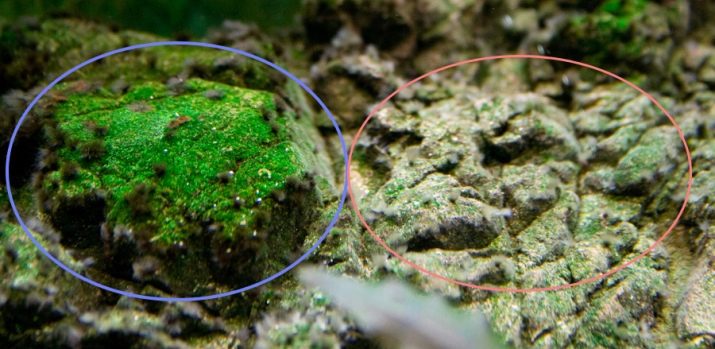
Euglena algae They look like blooming water, they are a reaction to conditions such as an abundance of yellow light and heating over 27 degrees, and the significant presence of fertilizers in the form of nitrates and phosphates further contributes to the multiplication of euglena.
Again, the best method of struggle is to destroy the idyll without creating such conditions.

Filamentous algae look like long threads intertwined. They are typical for artificial reservoirs, where there is an excess of iron and an insufficient amount of phosphorus, however, it is quite easy to control such a weed due to the fact that it can simply be pulled out. Of the representatives of the filament, the following are the most famous:
- rhizoclonium - green "cotton wool" growing against the background of disturbed nitrogen balance, disappears by itself as soon as the biobalance is leveled;
- Spirogyra is slippery and tears easily, and it also grows very quickly, so you simply won't be able to pull it out - you need to reduce the amount of light, start the fish that feed on algae, and add "chemistry";
- cladophora - reproduces in poorly filtered water in the absence of currents and a small amount of carbon dioxide, so the best way to remove it is to revive the created swamp.
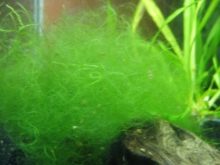
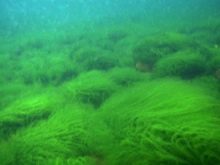
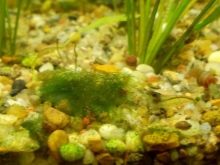
Finally, the last variation is blue-green weed algae, which usually choose the tops of useful plants as their habitat. This weed is a toxic cyanobacteria that is very harmful to the higher flora of the aquarium.
Typical conditions for their appearance are excessive ammonia and a small amount of nitrates, which does not allow the "horse" to throw off the "rider".
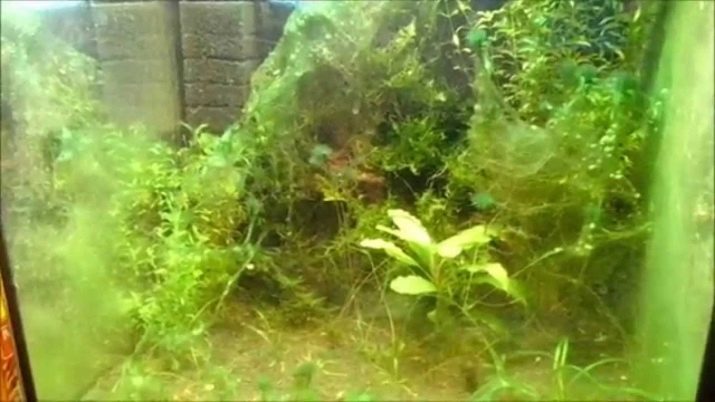
Control methods
There are many ways to get rid of algae - it all depends on what kind of opponent you got and how effective the previous steps were. To begin with, it is worth fighting enemies mechanically, manually removing weeds. Gather large fragments with your hands, and then carefully wipe the glass and siphon the bottom.
Inexperienced beginners often forget to process the decorations, but there are many cracks where the infection can hide, therefore they need to be washed especially carefully. Finally, it is worth partially replacing the water in order to refresh the stagnant atmosphere - in some cases, even the described methods will be enough.
In most cases, it would be wrong to limit yourself only to what was said above - even if you defeat the weeds at a given moment, they will grow back unless the circumstance that promotes their growth is removed.
In addition, one cleaning is not always so diligent as to completely corrode the algae, therefore you need to take care that the lower flora is no longer so comfortable.
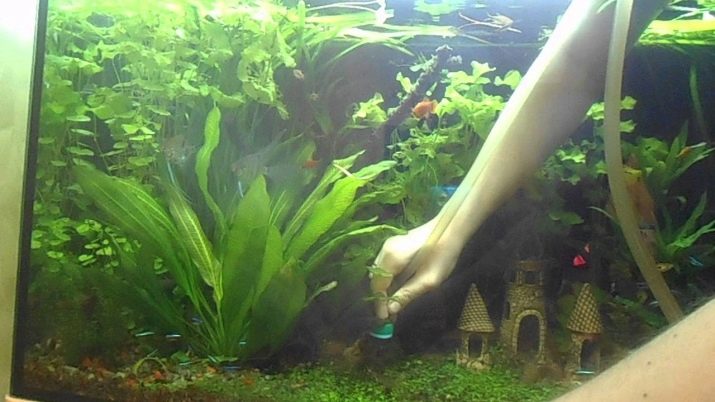
For this, the following actions are taken.
- Less light. Spirogyra, blue-green cyanobacteria, xenococus and euglena often grow where the light is too bright or too long. Take away the most important things from them, not turning on the lighting for a couple of days, and even covering the aquarium with a thick cloth. The light-loving inhabitants of the reservoir will have to be resettled at this time.
When this effect is achieved, clean the aquarium - remove the remains of extinct weeds and perform a moisture change. To consolidate the result, launch the natural enemies of these algae into the pond.
- Create healthy competition. Algae are harmful and it is difficult for a person to fight them, but you can plant plants in the aquarium that will displace weeds, and then they can easily be resettled themselves. As such a higher flora, herbs are usually used: kabomba and elodea, hornwort and nayas, lemongrass and hygrophila. The method is suitable for attacking red and green algae.
- Turn your enemy into food. Algae interfere with the normal development of many species of plants and fish, polluting the water area, but for some, they themselves can be tasty and healthy food. So, the Siamese algae eater feeds on xenocokus, filamentous algae and diatoms, and on a starvation diet - also on "black beard" and "Vietnamese".Against the latter two, the Malawian cichlid is also useful, but the one, carried away, is able to devour something useful.
In the battle with green and brown algae, catfish are good, but they will not give up lemongrass, which, it seems, should be considered an ally. Many snails feed on filamentous and brown algae - to kill them, ampularia is especially often used; Amano shrimp can also eat filamentous. Swordsmen, guppies and other viviparous fish effectively counteract brown and green weeds.
- Align the nutrient balance. Many weeds thrive simply because there is too much good in the water not to use it. Reduce the amount of introduced substances, perform a water change a little more often and plant a fast-growing higher flora - it will take away the profit from the weeds and prevent them from multiplying.
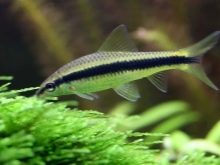
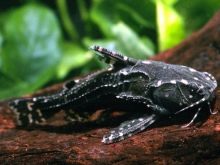

Means used
"Chemistry" is used against weeds only when the above methods do not help. It is worth resorting to chemicals only in a critical situation, since there is a high risk of further unbalancing the imbalanced biobalance and creating much more serious problems than there were before.
If you are already taking on such methods, be extremely scrupulous - study in detail the methods of using the selected tool and adhere to the dosagethat is listed on the package or other reputable source. It is best to use special products such as "Erythromycin" - they are sold in pet stores, created specifically to solve such problems and have a clearly prescribed method of application.
On the Internet, you can find ways to combat algae, even using whiteness or hydrogen peroxide.
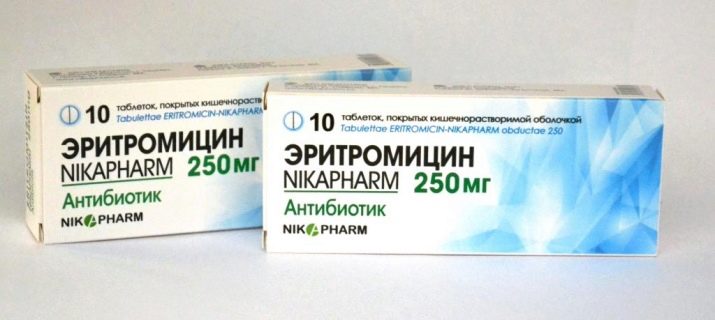
While it sometimes works, it's best not to experiment if you're unsure of the dosage.
- Carbon dioxide. It is not always necessary to buy a special preparation - many types of algae feel comfortable with a lack of carbon dioxide, which means that you need to intensively pump water to them. This step is especially effective when combined with good lighting. To increase the gas level, special devices are used, which can be bought at a pet store. Remember that even useful animals do not like a sharp change in habitat conditions, so act smoothly.
- Hydrogen peroxide. A method from the "cheap and cheerful" category, requiring great care from the experimenter. "Vietnamese", "black beard", euglena and cyanobacteria will come to an end if you carefully apply the drug pointwise to those places where there is a lot of algae, while being modest in dosage - 2.5 ml per 10 liters of water will be enough! It will become more difficult for the fish to breathe, therefore intensify aeration, and if you see that this does not help, immediately change the water. To combat infection on the leaves of the plant, you will have to soak them in a separate bowl, increasing the dosage to 4 ml per 10 liters of water, after which you need to change at least 1/5 of the volume of moisture.
- Chlorine. This is exactly the method that uses whiteness, but it is largely experimental - the effect of gas can be negative not only for weeds, but also for the beneficial inhabitants of the aquarium. One part of chlorine dissolves in 30-40 parts of water, after which a branch of one of the aquarium plants, on which there is algae, is dipped into it. Watch the reaction - if a useful plant turns white, then the solution is too caustic and needs to be diluted with water, but if the green remains green, then you can slowly pour the finished product into the reservoir.
You will only have one chance to heal the ecosystem with this remedy, since re-treatment is not allowed. During treatment, ensure maximum aeration, timely water changes and do not forget to clean the aquarium of dead algae.
- Glutaraldehyde. This is an active substance on the basis of which many preparations are made, aimed at combating red and green algae, as well as filamentous tissue. Solutions of such drugs are good because they are harmless to many species of higher flora, and therefore can be used even in herbalists. In this case, the concentration of the substance should not exceed 12 ml per 100 l of water, and the drug must be applied daily in the morning for 7 days.


Prophylaxis
Instead of dealing with the problem that has arisen, try to make it so that it does not have a chance of arising in the first place. To do this, follow the simplest rules that every self-respecting aquarist should know:
- do not chase artificial vegetation - give a chance to real plantations that will displace weeds;
- ask more experienced colleagues how much fertilizer needs to be applied so that there is no excess of them, and also remember that with a small number of plants and low light, these are not needed at all in the aquarium;
- the rapid growth of weeds is already a problem, so do not wait, but act immediately;
- the aquarium equipment should work almost always, do not turn off or remove it for a long time;
- lighting is required no more than 8-10 hours a day, the rest is surplus;
- fluorescent lamps over time give an increasingly yellow light, favorable for weeds, so they need to be changed annually;
- before planting, treat useful plants with hydrogen peroxide, potassium permanganate or chlorine for a couple of minutes so as not to introduce weeds into the ecosystem;
- try not to treat fish in a common aquarium, and if you do this, intensify aeration and change the water more often;
- keep in the hold a pet who loves to feast on algae;
- do not ignore diligent weekly cleaning;
- strictly dose the food and reduce its amount if you see that the pets do not eat everything;
- do not exceed the permissible population density of the reservoir.
See below for tips on fighting algae.








